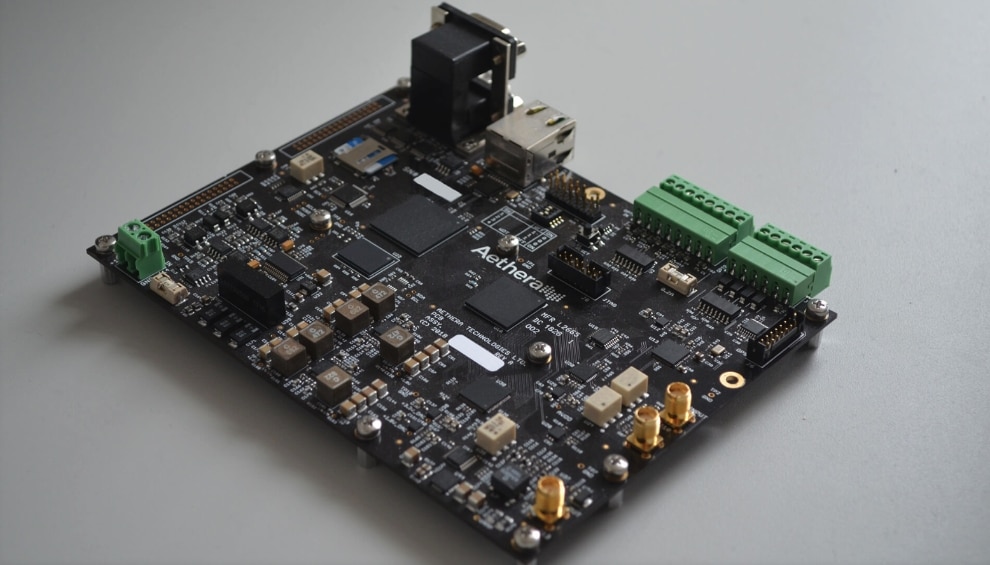Overview
In today’s fast-paced and technology-driven market, managing the journey of a product from its conception through to its retirement is more critical than ever. This is where Product Lifecycle Management (PLM) comes into play, serving as the backbone for fostering innovation, ensuring quality, and shortening time-to-market. PLM is an integrated, information-driven approach aimed at enabling companies to efficiently manage the lifecycle of a product. It encompasses the coordination of complex processes, collaborations, and data management, from the initial idea through design and manufacture, to service and disposal of manufactured products.
Why investing in PLM is essential?
Investing in Product Lifecycle Management (PLM) is crucial as it enables organizations to navigate the complexities of product development with greater agility, ensuring that every phase of the product’s life from conception to discontinuation is optimized for efficiency, quality, and innovation.
Enhancing Collaboration Across Departments
Improve teamwork between different departments by bringing all the data together in one place. With PLM you can help teams like design, engineering, manufacturing, and service work together easily and more efficiently. By doing this, it helps make the process of developing products faster and ensures that everyone is working towards the same goals.
Streamlining Process Efficiency
PLM systems boost efficiency by automating workflows, reducing time and costs in product development. This ensures quick updates and access to the latest information, leading to higher quality products and faster market entry, giving your business a competitive advantage.
Mitigating Risk and Ensuring Compliance
PLM is crucial for risk mitigation and regulatory compliance, offering improved oversight and control throughout the product development cycle. This ensures adherence to industry standards, preventing costly recalls and guaranteeing that products satisfy both consumer and regulatory demands.
Software Technology
Managing documents, 2D and 3D CAD data and engineering information can be difficult. Especially, in a market where everyone needs customized projects and products.
Autodesk PDM & PLM is a cloud based solution that helps you manage your data, documents, BOMs and keep track of everyday changes. It connects your entire enterprise, across departments and geographies, to get your products to market faster. Learn more about Fusion 360 Manage.

Our Recent Success
These real-life cases illustrate how we’ve empowered businesses to streamline their operations, breaking down silos and enhance interdepartmental communication. Each story is a testament to how our strategic approach has not only solved complex issues but paved the way for seamless and productive workflows.
Resources
Featured
Blogs
Additional resources
How Our Organization Can Propel Your PLM Journey
Our team is all about teamwork and making PLM technology work seamlessly for you. We dive deep into your organization's needs, crafting strategies that enhance your workflow and push forward digital transformation. We’re here to simplify the complex world of product management, ensuring your processes are efficient, compliant, and cutting-edge. By choosing us, you're not just adopting a system; you're embracing a partnership that elevates your product development to new heights of innovation. Let's work together to make your products stand out and your business thrive in today's competitive landscape.

















